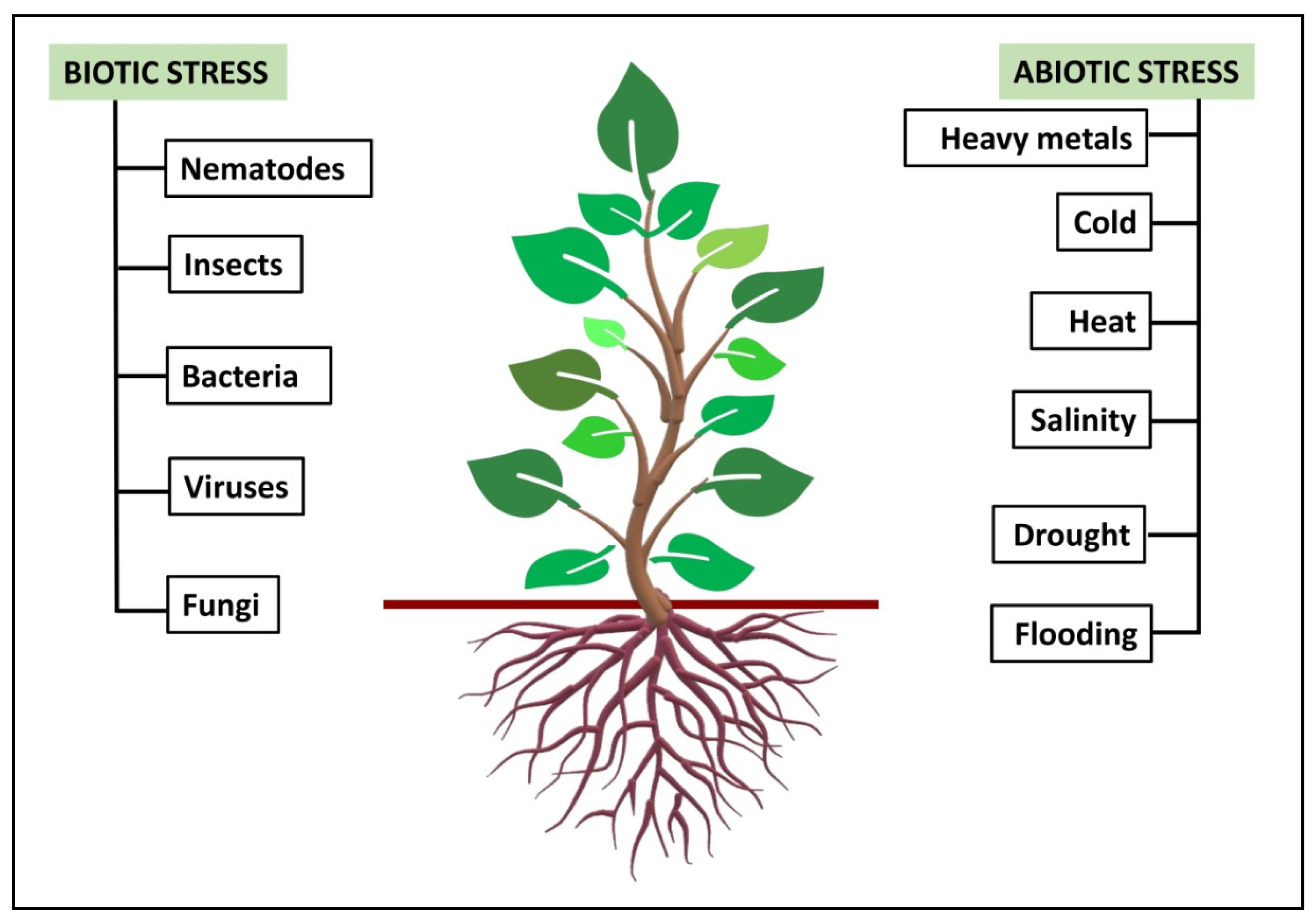How do bacteria help plants grow. It is difficult to distinguish between the two without proper inspection and diagnosis of the diseased plant to know whether the bacteria or.

Ijms Free Full Text Plants Saline Environment In Perception With Rhizosphere Bacteria Containing 1 Aminocyclopropane 1 Carboxylate Deaminase Html
9 How do Rhizobium help leguminous plants.

. What does nitrogen fixation accomplish. 4 How does bacteria affect plant growth. 5 What are 2 things bacteria do for plants.
Up to 24 cash back These bacteria grow in highly acidic environments and actually are not just bacteria. 8 How do Rhizobium help leguminous plants. How Does Bacteria Help PlantsThese bacteria grow in the soil or on the roots of plants.
They push nitrogen into the plants roots. Researchers have now discovered how one of these proteins. They break down carbon dioxide molecules.
7 How do bacteria affect the growth and yield of agricultural crops. 8 How does bacteria play a major role in plant growth promotion. 6 What is the role of bacteria in leguminous plants.
6 How do bacteria help plants use nitrogen short answer. Answerits A Explanationapex jaxxkie jaxxkie 10172019 Biology Middle School answered How do bacteria help plants grow. Xanthomonas bacteria cause diseases in tomato and pepper plants and inject harmful proteins into plant cells.
Scientists had explored how the species produced its unusual membrane for about 10 years before experimentation stopped in 2006 she said. Beneficial bacteria can naturally unlock bound Phosphorous transforming it back into available forms to maximize its availability for plant uptake. In fact most are beneficial and there are millions.
They usually function well in hot areas and with the rainforest being well hot of course theres bound to. O C CU C. However there are approximately 200 types of bacteria that cause diseases in plants.
Other non- leguminous plants do not have root nodules so no rhizobium bacteria grows on them. 7 How do bacteria help plants use nitrogen. 5 What do plants gain from bacteria.
They assist in respiration. Apical meristems are found at the apex or tip of roots and buds allowing roots and stems to grow in. Meristem is a type of plant tissue consisting of undifferentiated cells that can continue to divide and differentiate.
Introduction There are both virulent and non-virulent bacteria and fungi that grow on plants. They even enrich the soil with nitrogen content. When they die beneficial bacteria act as fertilizer.
It allows plants to use nitrogen to grow. The study finds that they aid in growth of the plant by helping it acquire necessary nutrients modulating plant hormone levels and protecting the plant from pathogensJan 24 2018How do plants benefit from bac. Beneficial bacteria for plants help filter out heavy metals and other contaminants from the soil.
Parasites they are those organisms which grow on other plants or animals for their food eg. Adding beneficial bacteria to the soil or grow medium gives bacteria a chance to colonize and multiply quickly. It allows respiration to occur.
Nutrition in Plants Class 7 Science Extra Questions and Answers Very Short Extra Questions and Answer. They prepare nitrogen atoms from nitrogen molecules. 2 What are 2 things bacteria do for plants.
They are most active in warm and humid environments so this is when youll see the most evidence of their presence. Unlike plants and fungi archaeal organisms do not produce protective outer walls of cellulose and their membranes do not contain the same chemicals as bacteria. Some bacteria serve as a first line of a plants defense against pathogenic bacteria fungi and other parasites.
It allows industry to mass-produce nitrogen. They prepare nitrogen atoms from nitrogen molecules. However microbes within a plants rhizosphere provide more than just beneficial nutrients for plants.
They can be grouped with protists and archaebacteria. Attack at the protein front. Bacteria can be especially helpful to plants by enriching the soil in which the plants are growing.
Iron is essential for plants because it plays a crucial role in metabolic processes such as DNA synthesis respiration and. 1 How Do Bacteria Help Plants. Pseudomonas species have been implicated as protective bacteria that suppress root-fungus disease.
This bacteria has the ability to fix atmospheric nitrogen into the soil by converting it from a complex form to simple soluble form called nitrates. This enrichment provides key molecules plants need to survive and thrive. 3 How do bacteria help plants grow answers.
Depending on their strain these bacteria help break down organic matter add to soil composition facilitate nutrient uptake and help protect plants and their roots from pathogens. It allows bacteria to use nitrogen to grow. 10 What does bacteria on plant roots do.
The things that help bacteria grow is heat warmth Light Dirt no air. Plant growth is also often limited by iron because of the very low solubility of ferric iron Fe 3. 11 What are the beneficial.
The plants use this form of nitrogen for growth. The key to continued growth and repair of plant cells is meristem. Beneficial bacteria help prevent infections from pathogens by coating the root surfaces and triggering systemic disease resistance.
Not all bacteria are bad for plants and soil. Beneficial bacteria for plants produce chemicals and hormones that stimulate growth. Bacteria grows on food because when it.
How do plants grow or replace damaged cells after that. Why does bacteria grow on food.

Examples Of The Benefits That Crop Beneficial Bacteria Can Provide To Crops Click Image To Enlarge Beneficial Bacteria Plant Growth Canning

Plant Invasion By The Pathogenic Bacterium Ralstonia Solanacearum A Download Scientific Diagram

Plant Invasion By The Pathogenic Bacterium Ralstonia Solanacearum A Download Scientific Diagram
0 Comments